Mineralogy Database
About the mineralogy database
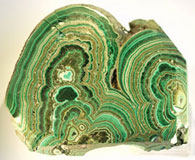
The collection of mineral specimens comprises more than 15.000 samples, representing nearly 1000 different mineral species.
Most samples are derived from Central Africa, particularly from the Democratic Republic of Congo and Rwanda.
For this region, most major mineral occurrences are well represented in the collection.
The collection includes a large number of samples of copper and cobalt minerals, from mining areas along the full length of the Katangan copperbelt, from the Lubumbashi region over Likasi to Kolwezi. They include various sulphides, oxides, carbonates and silicates.
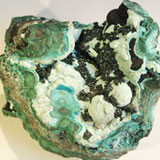
In the past, studies conducted at the museum on these deposits have concentrated on the mineralogy of Cu silicates and Co oxides.
More recent research activities concern sulphide mineralization and the formation of secondary Cu and Co minerals.
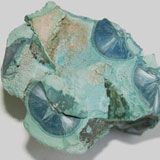
A large reference collection of uranium minerals is kept in a special storage facility.
It includes samples representing a great variety of U-bearing minerals, from the famous Shinkolobwe locality and other sites in Katanga, as well as from the Kivu region (Kobokobo).
Samples from localities in other parts of the world were acquired for comparative studies.
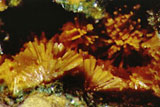
This collection consists of more than 1000 specimens.
It has been systematically studied by staff members during the period 1975-1995, resulting in the discovery of a large number of new mineral species.
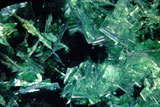
Other important sets of specimens from Central Africa include collections of phosphate mineral samples
(Fe-, Mn-, Al-, Li-bearing phosphates, from pegmatites), cassiterite samples (from large crystals to sand-sized concentrates) and columbite-tantalite specimens (coltan).
The collection includes about 50 type specimens, used for the characterisation of the first reported occurrence of a mineral.